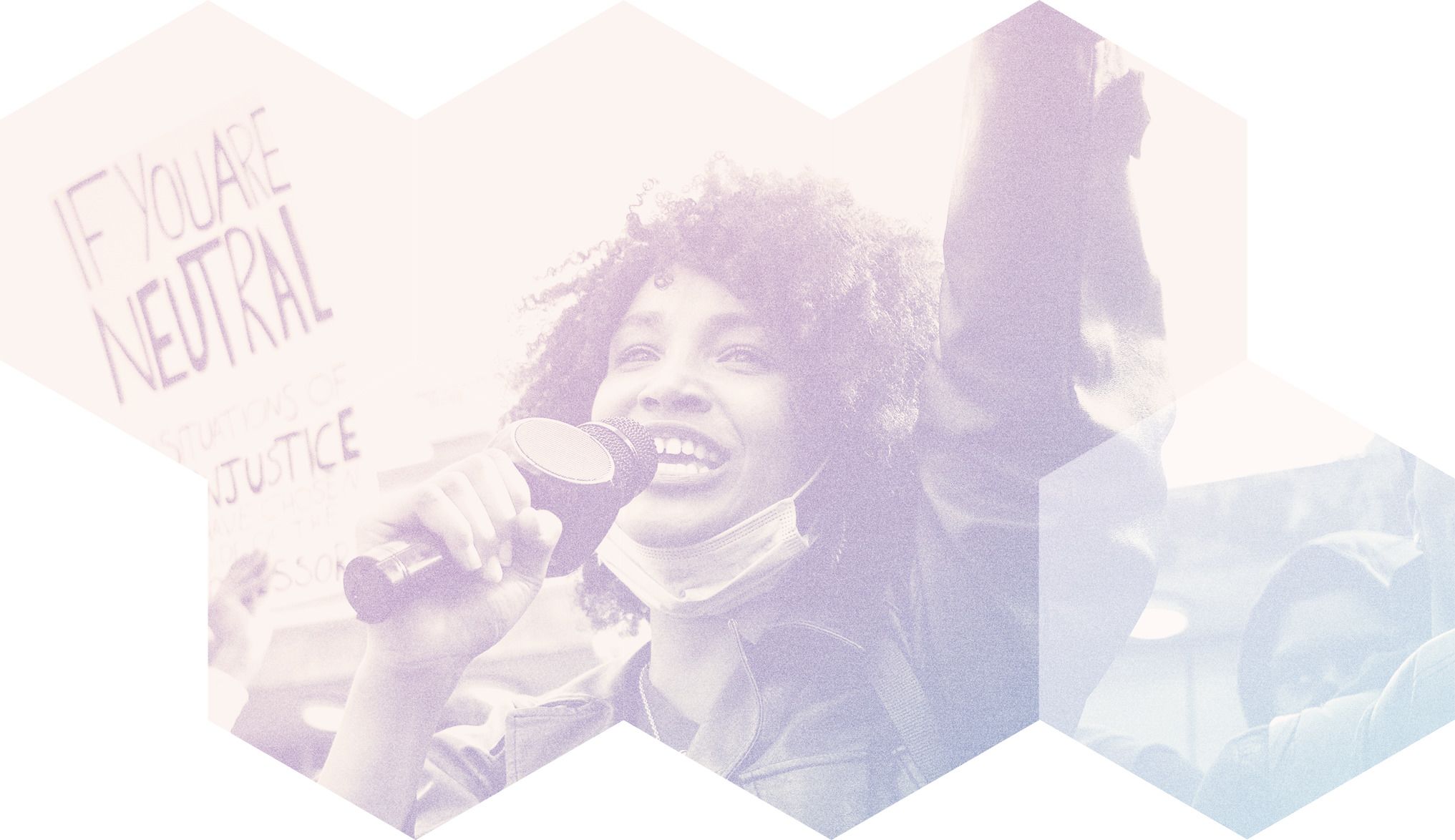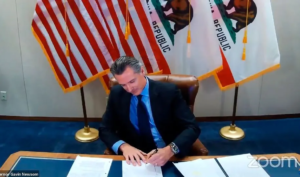Intersections
Building Blocks of a Global Strategy
Against Organized Crime
Global Initiative against Transnational Organized Crime


Organized crime has become a threat to international peace and security. It harms so many fundamental aspects of our lives – from governance to the environment and from health and safety to our online activities. As demonstrated by the Global Organized Crime Index 2023, more than 80 per cent of the world’s population live in countries with high levels of criminality, and the problem is getting worse, as the figure below shows. Indeed, over the past few decades the geographical reach, diversity of markets and impact of illicit economies have increased dramatically. Organized crime is manifesting itself in places and ways never seen before. And the omens for the future are menacing.
Data from the first and second editions of the Global Organized Crime Index shows that scores for every criminal market increased between 2021 and 2023.
Currently, there is no global strategy against organized crime. To reduce the harm to our communities and future generations, this needs to change.
Organized crime should not be looked at as an isolated phenomenon. It intersects with global megatrends as well as violent conflict and terrorism. It thrives in a blurry ‘mezzosphere’ – that often ignored zone at the intersection between the criminal underworld and the upperworlds of business and politics.
Since organized crime operates within an ecosystem, it is important to use systems thinking to analyze it and to identify pressure points to disrupt it. It is vital to change the conditions in which illicit economies operate, rather than just pursue criminal actors. Therefore, in addition to changing market forces and drying up the pool of potential offenders it is important to change attitudes and behaviours.
The impacts of organized crime
Threats to peace and security. Criminal activity can threaten the sovereignty of states. The nexus of crime and conflict can make it harder to sustain peace. Criminals may partner with terrorist or insurgent groups and, other cases, states collude with criminal groups to use their services to fight hybrid wars.
Death and violence. The costs of violence associated with transnational organized crime far outweigh those caused by terrorism or conflict.
Corruption of politics. Alliances between political, business and criminal actors often result in the criminalization of governance, undermining democracy and the rule of law, violating fundamental freedoms and generating instability in international relations.
Destruction of the environment. Illegal logging, overfishing, wildlife poaching and trafficking, toxic waste dumping, and the illegal extraction and exploitation of natural resources contribute to unsustainable growth and the destruction of the global commons.
Health risks. Organized crime exacts a heavy toll on both physical and mental health of individuals and communities. Many criminal markets depend on labour exploitation and are unlikely to have measures in place to ensure the safety of workers, including children.
Harming the economy and development. Corruption and money laundering and extortion exact a heavy price on the economy. Organized crime is an impediment to achieving most of the SDGs.
Stealing data and violating privacy. Technology has revolutionized criminal enterprise. The anonymity, accessibility and security afforded by encrypted communication apps, dark web forums and marketplaces, and cryptocurrencies have enabled organized crime to thrive.
Tearing apart the social fabric. Organized crime flourishes where there is a breakdown of trust between the community, the state and the police. It preys on vulnerability: those on the margins of society are often the most vulnerable to exploitation.
Threats to freedom and human rights. Organized crime threatens the right to life, liberty and security of person through violence, extra-judicial killings and targeted assassinations. Those who expose organized crime are often at risk.
What is wrong with the current approach?
Before trying to fix the system it is important to understand where it is broken.
Legal framework under strain
Developments in the fight against organized crime have failed to keep pace with our rapidly changing world.
International system full of holes
Most of these holes have been created with the complicity of governments and are enabled by private sector entities and actors that benefit from them.
Unclear definitions
It is time to take stock of whether the term ‘organized crime’ is still useful as a way of describing illicit economies, criminal actors and their impact on our societies.
Wrong approaches
High-profile, short-term police operations usually displace the problem rather than curtail it, resulting in a never-ending ‘whack a mole’ chase.
Few shared priorities
Priorities are usually set for political reasons rather than being guided by carefully weighed evidence or objective threat assessments.
Siloed responses
Focusing on isolated parts of the problem rarely leads to comprehensive or long-term solutions.
Playing
catch-up
Organized crime is constantly evolving, but law enforcement tends to focus on yesterday’s challenges.
Limited trust and cooperation
Criminals have organized globally, while police remain largely focused on national jurisdictions or bilateral cooperation.
Distorted and outdated picture of organized crime
Many of the transactions that enable illicit activity follow the same paths, supply chains and techniques as licit transactions, and rely on the same intermediaries.
Getting away with murder
Despite the pervasiveness of the problem, there are few prosecutions for grand corruption or serious organized crime.
Throwing people in jail
Prisons become places where petty criminals are recruited by more hardened criminals, gang culture is strengthened, illicit deals are struck and criminal operations are run.
Neglecting the victims
Civil society actors are often left to do the best they can in difficult and often dangerous conditions with limited resources.
What to do about it
Since illicit economies operate as a system, it makes sense to analyze them as a system, including by looking at the interdependent variables. Such an approach helps to explain the complexity of relationships, their interconnectedness and the dynamic character of illicit economies. It also shows how criminal actors as well as licit ones provide services at different points in the system and sometimes for more than one market. Such an overview would anticipate the emergence of new trends, threats and challenges associated with illicit economies and their relationship to drivers and enablers, and may allow for more targeted interventions to disrupt linkages that facilitate criminal activity.

Building blocks
of a global strategy
There is no silver bullet against organized crime. Rather, there are many building blocks or possible interventions for dealing with it. They all have their place, whether it is focusing on strengthening community resilience, improving research and analysis, using technology more effectively, focusing on development or following the money. But none of them will work in isolation. The right tool needs to be used in the right place at the right time, and in combination with other elements. After all, the problem is global and complex. It is impossible to address it everywhere all at once. This is the logic behind the intersections approach put forward in the report.
Download the ‘Building blocks’ infographics

A call to action
Dealing more effectively with organized crime will not be easy, especially with all of the other threats and challenges on the international community’s agenda, the spread of illiberal democracies, and the fragmentation of international relations. But ignoring the problem or continuing with the same approaches that have not worked in the past will not going to make the problem go away. On the contrary, it will make it worse.
Therefore, in this time of rapid and dramatic change, anticipatory adaptation is vital. Returning to normal is insufficient, especially as ‘normal’ has failed to solve the problem. This is certainly the case when it comes to dealing with transnational organized crime. The time has come for new thinking and approaches to organized crime and more strategic responses.
Join our Linkedin discussion group

The publication of the Intersections report is not the end of the process of formulating a global strategy against organized crime, rather it is designed to stimulate further debate among a wider audience of practitioners and policymakers in local and national governments, law enforcement, as well as among the private sector, civil society, youth and inter-governmental organizations. We urge you to join the conversation, respond to the call for action and use the building blocks outlined in this report to design more effective responses to dealing with transnational organized crime.
Source: https://globalinitiative.net/analysis/global-strategy-against-organized-crime-intersections/




